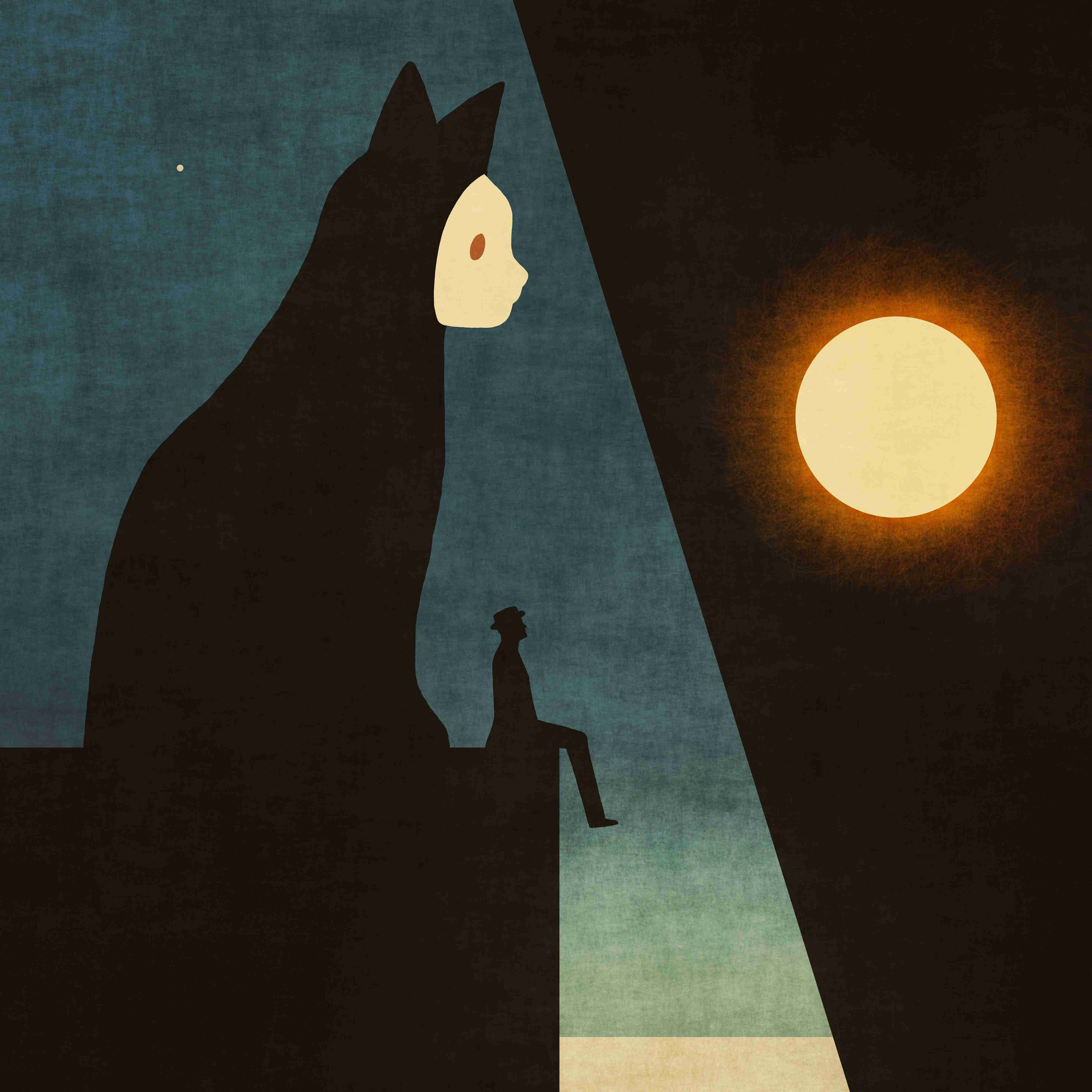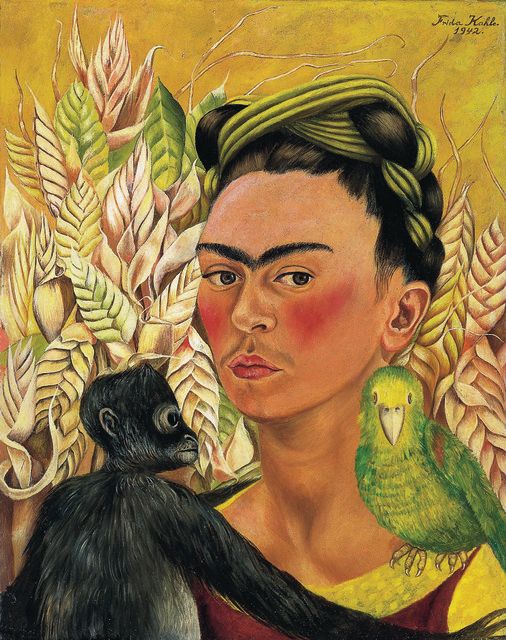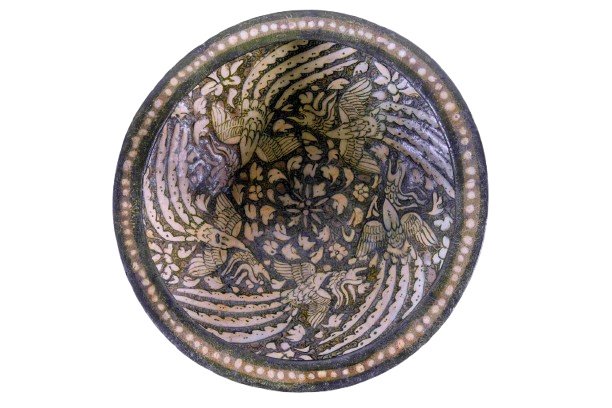Surrealism: Unimaginable Realms
‘Untitled,’ by Dia Aziz Dia (B. 1947). Dia, like several other Saudi artists, experimented with surrealism early in his career. Oil on canvas mounted on board, 120 × 60 cm (47¼ × 23½ in.). Courtesy of the artist.
In the early 20th century, Surrealism emerged as a reaction to the changes brought about by World War I. It was an artistic and literary movement that challenged reason and reality and questioned everything conventional.
Influenced by psychological ideas that sought a deeper understanding of the subconscious, dreams, and profound human emotions, the Surrealists used unconventional methods to express their ideas. They pursued symbolism and blended reality with the imaginary, transforming bizarre scenes into mirrors that reflect the hidden depths of the soul.
Observing their paintings, one feels as if they are scenes plucked from tumultuous dreams. Playful colors, melting details, contrasting sizes, eyes leaping from their sockets, bodies floating on the surface of the water or falling from the sky, a sea in bed, and a city peeking out from the table—nothing limits the imagination in the world of Surrealism.
In Saudi Arabia, despite the newness of the visual arts experience compared to international schools, our own home-grown talents have embodied the spirit of surrealism as well.
Using popular symbols that appear in dreamy scenes, visual formations that scream the language of surrealism, and familiar images that blend with the imaginary, names have emerged that succeed in employing surrealism with a local flair: Dia Aziz Dia, Khalil Hassan Khalil, Abdul Hamid Al-Baqshi, Abdul Azim Shali, Taha Sabban, and several others.
These artists, each in their own way, have created bridges between consciousness and unconsciousness, between wakefulness and dreams, and between what we see and what we imagine.


